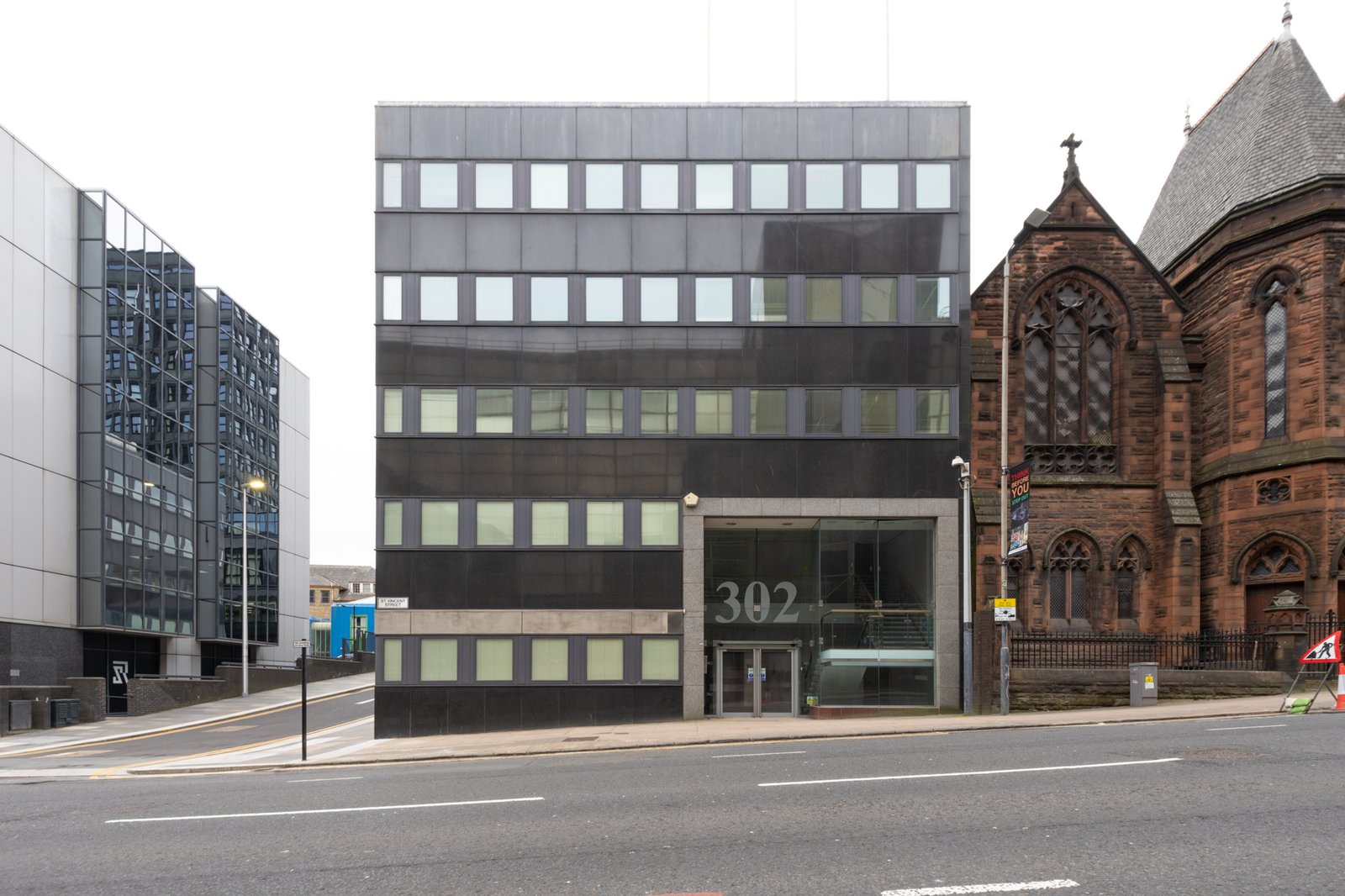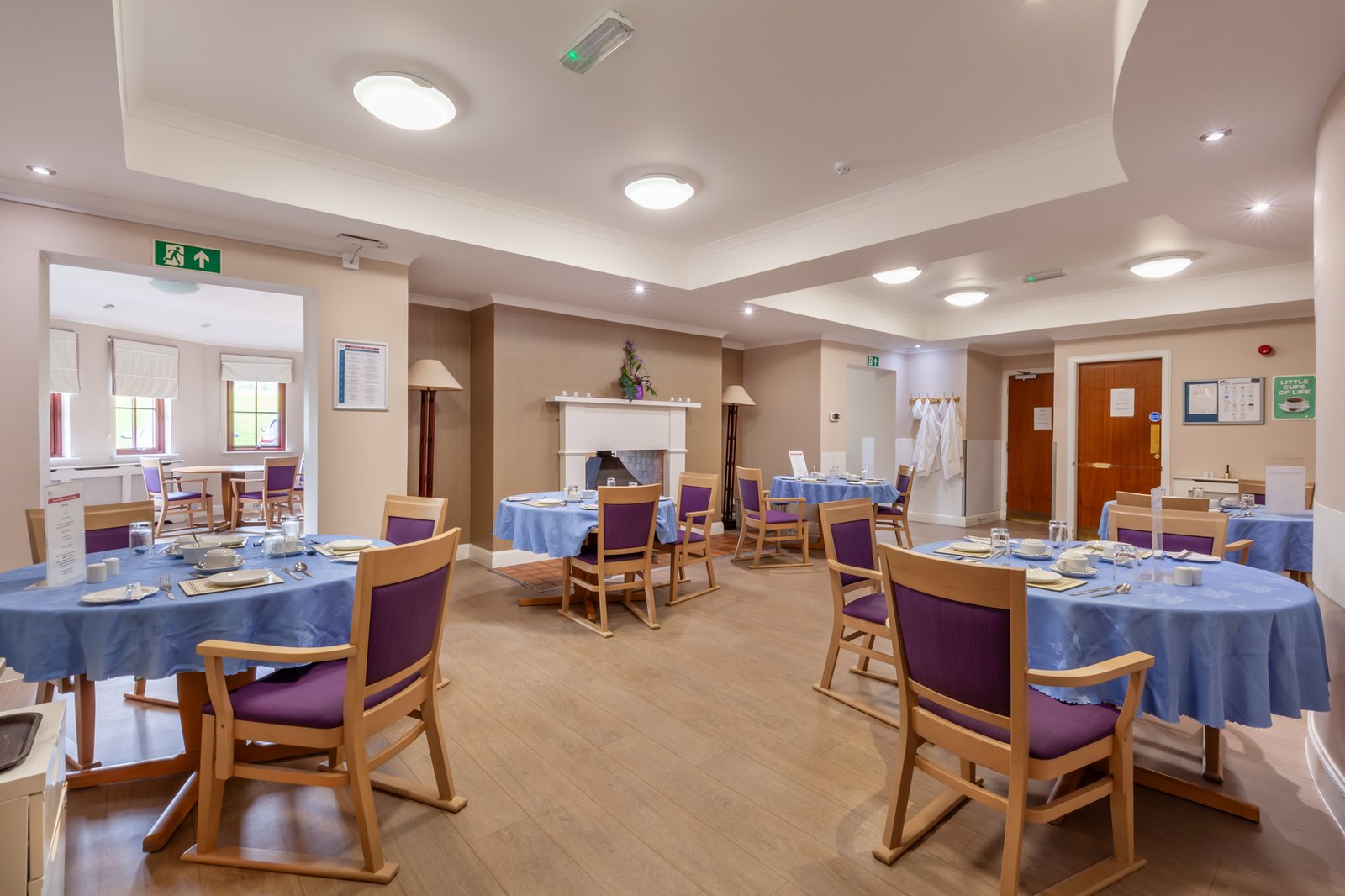In the digital age, producing a quality photograph is as much about being skilled at retouching an image as it is about being able to take a good photograph. Every photograph I submit to a client undergoes a thorough post-production process.
Properly retouching an image goes beyond completing a basic grading to adjust the colour balance, brightness and contrast.
Retouching a photograph is an opportunity not just to correct small flaws or improve the look of the picture, but to redefine the photograph and how the viewer perceives it.
My post - production process
Depending on the specifics of a shoot and how much time there is for post production I will often shortlist a gallery of images, doing only some basic brightness corrections so that the images can all be fairly assessed by my client. Once the client has made its selection of which images are to be used for the project, I will then complete the full post production on all of the selected photographs. This means that I can have an efficient workflow, my client gets as much choice as possible and there is no wasted time spent on retouching photos that ultimately will not be required.
My process for fully retouching an image first corrects for lens distortion – the bending of light as is enters a spherical lens. I then adjust the perspective to correct any slight imperfections in the viewing angle. Vertical walls should be vertical. When I take photographs and videos I always try to ensure that my images are all aligned correctly but the post-production process allows me to make alterations to make the images more pleasing to the eye.
Then overall colour cast, brightness and contrast are adjusted and if required, the sky is replaced.
ONCE THOSE STEPS HAVE BEEN COMPLETED, IT IS TIME TO GET CREATIVE
ONCE THOSE STEPS HAVE BEEN COMPLETED, IT IS TIME TO GET CREATIVE
The eye of the viewer will be attracted to brighter areas, or areas of greater contrast or sharpness. I adjust areas of the image to highlight the things I want people to notice.
This can mean brightening specific areas while darkening others to take the gaze of the viewer towards the property. For commercial units I often increase the vibrancy or saturation of the shop sign and entrance.
I also prevent viewer’s gaze being taken away by removing visual distractions such as litter, patches of grass, roadworks, graffiti or other marks on roads and walls.


Often shots will include HDR (High Dynamic Range) to combine multiple exposures and ensure that all the detail from the scene is retained. See the blog post on HDR for more detail – www.brianmathesonphotography.co.uk/combining-different-exposures
If I shoot an HDR image, however, the rest of the post production process remains unaltered. Once the separate photographs are combined into a new single image, this shot requires lens correction and the adjustment of the perspective, brightness and contrast.


Internal shots also require retouching in the way outlined above.
With internal shots there is often a great variation of exposures within the image. Bright windows, areas of shadow, multiple light sources (often with different colour temperatures) all mean the images can require adjustment and balancing. The art comes in making these adjustments in a way that elevates the image overall while still retaining a natural feel.
HDR Photography
HDR shots can be used for empty rooms but busy commercial units can only be captured in a single image. Shooting these at an exposure where the detail can be recovered from both the shadows and highlights is important and lens filters can help to avoid unwanted reflections.
Balancing bright windows with darker internals means that what lies outside the window can be viewed. Of course there are times where it is preferable to overexpose the windows and obscure the view.
Understanding what to highlight or obscure in an image is as important as knowing how to do it. Like all other aspects of retouching, the results require not only the technical ability, the willingness to take the necessary time and the care to do good work, but also the eye and good judgement and taste to know what changes would be most beautiful or effective without becoming unnatural or overly-manipulated.

